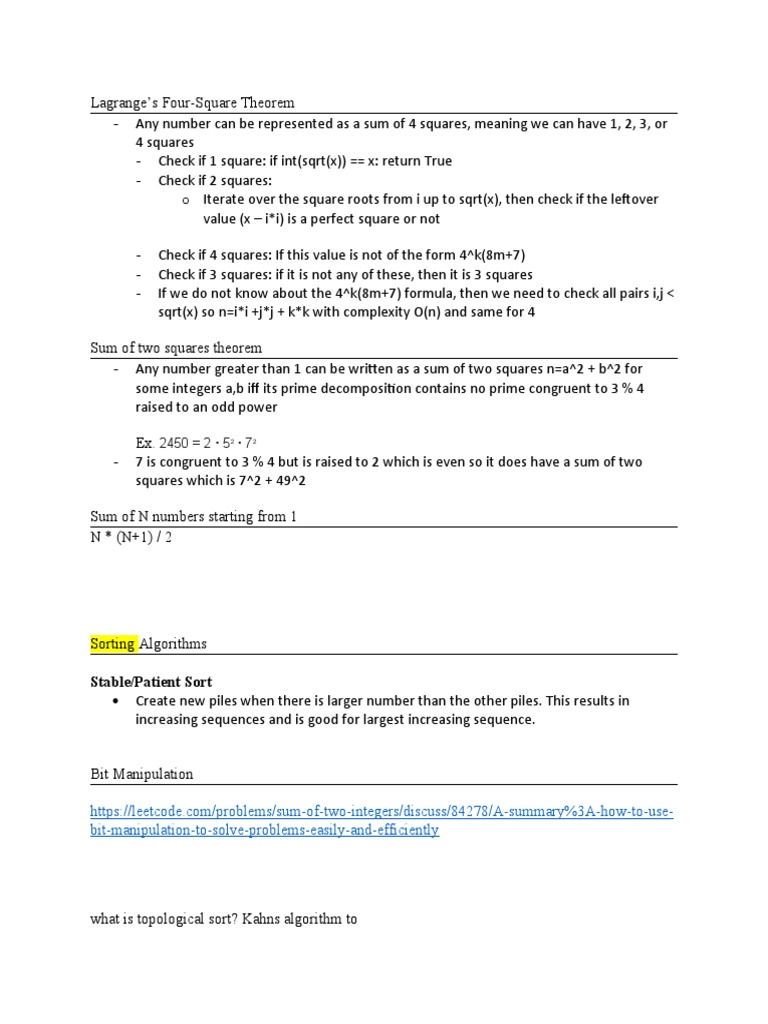Lagrange and the four-square theorem - Archive ouverte HAL
Por um escritor misterioso
Descrição
In this article we will first provide an overview of Lagrange’s arithmetic work, written between 1768 and 1777. We then focus on the proof of the four-square theorem published in 1772, and shed light on the context of its implementation by relying on other memoirs by Lagrange and Leonhard Euler. By means of this analysis, our goal is to give a concrete vision of the arithmetic, algebraic and analytical methods and tools used by Lagrange in number theory and place his arithmetic practice in the context of the second half of the eighteenth century.

AandIstabilityofRKcollocationmethods Soumission, PDF, Partial Differential Equation

Pourchet's theorem in action: decomposing univariate nonnegative polynomials as sums of five squares

A non-overlapping domain decomposition method with perfectly matched layer transmission conditions for the Helmholtz equation - ScienceDirect

MathType - Lagrange's four-square theorem states that every natural number can be represented as the sum of four integer squares. Proved by Joseph Louis #Lagrange in 1770, it can be regarded as

Entropy, Free Full-Text
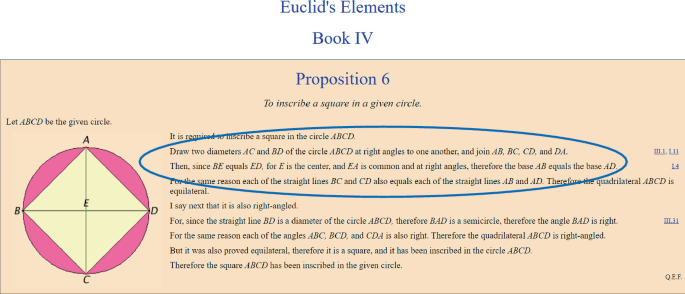
Perspectives on Embedding the Historical Development of Mathematics in Mathematical Tasks

Thesis Bourget Antoine, PDF, Boson
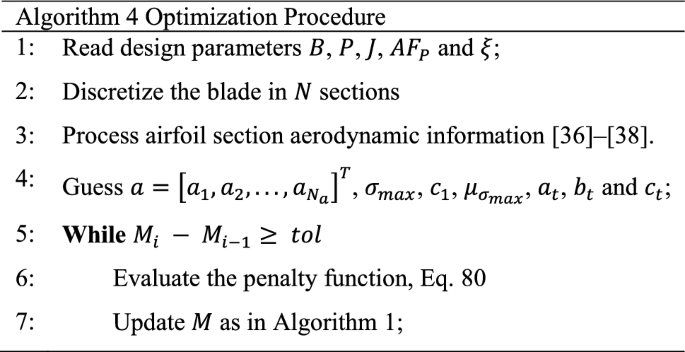
Solving propeller optimization problems by using helical vortex and exact penalty methods
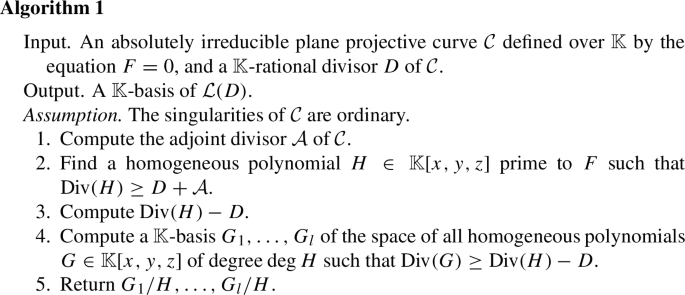
Efficient computation of Riemann–Roch spaces for plane curves with ordinary singularities
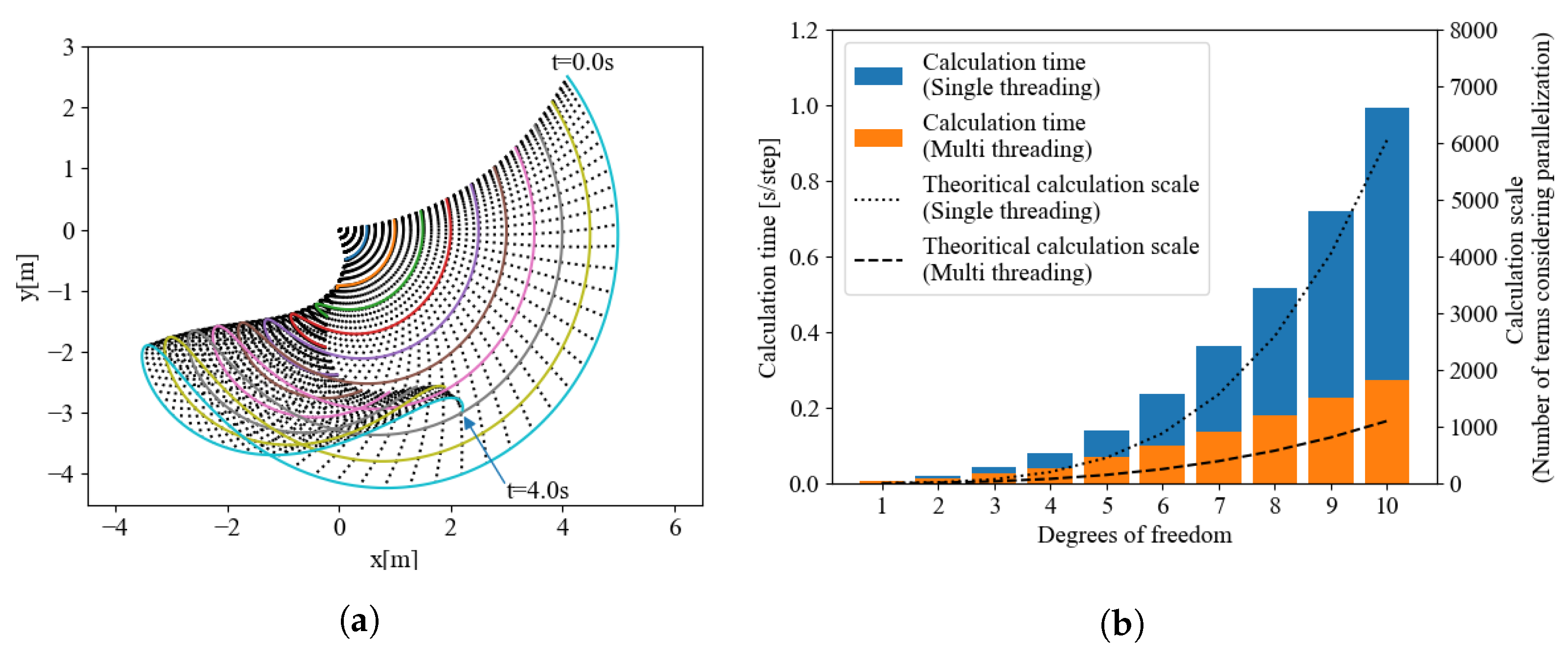
Robotics, Free Full-Text

Lagrange's Four-Square Theorem Seen Using Polygons and Lines - Wolfram Demonstrations Project
de
por adulto (o preço varia de acordo com o tamanho do grupo)



